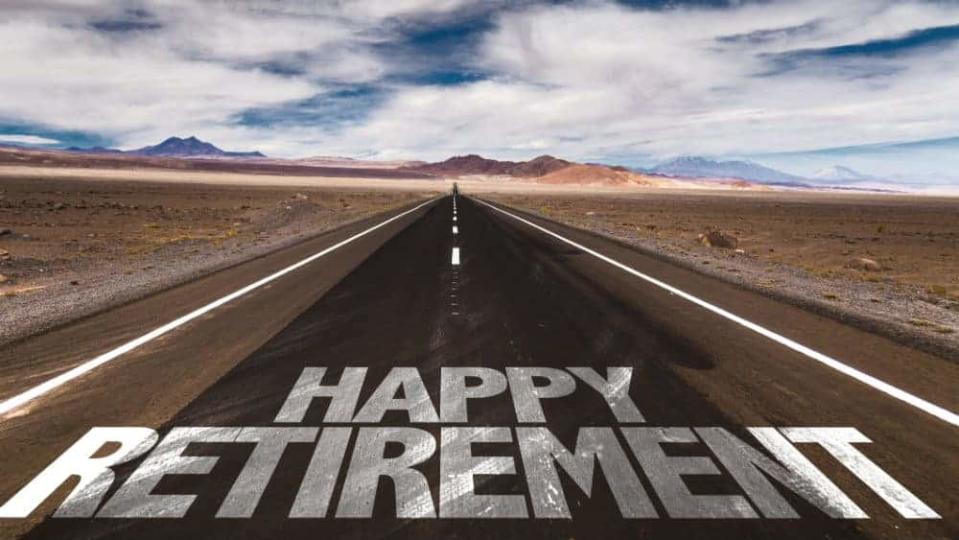Retirees: Avoid Tax Nightmares When Taking Out Your RRIF

Although retirees have the flexibility in establishing an income stream from the Registered Retirement Income Fund (RRIF), you must be familiar with the withdrawal rules and the tax implications. Otherwise, it could be a nightmare.
If you have an RRIF, you need to take out a minimum amount every year. This “minimum income” is not subject to tax but increases as you grow older. At age 71, the minimum withdrawal is 5.28% of RRIF or $5,280 if you have $100,000.
However, graduated taxation applies more than the minimum amount. The tax rate is 10% if the excess is up to $5,000, or 20% over $5,001, but it’s not over 30% if the excess is more than $15,000. The remedy is to have the taxes withheld at source on your minimum RRIF payments.
Stock investments
The RRIF is a good option after the validity period of your Registered Retirement Pension Plan (RRSP) expires when you reach 71. Once you set up an RRIF with the savings from the RRSP, you can’t make any more contributions.
If you’re planning to invest in ideal retirement stocks like Royal Bank of Canada (TSX:RY)(NYSE:RY) and Bank of Montreal (TSX:BMS)(NYSE:BMS), you could open multiple RRIFs or contribute to just one.
RBC is the top choice of retirees. The largest bank in Canada has had a good run since its inception in 1864. In the last seven years, the total return on a $10,000 investment in RBC is a fantastic 142.25%. If you go back 20 years, the total return is a whopping 1,308.95%, including reinvestment of dividends.
RBC’s dividend policy is to keep the payout ratio to less than 50%. The 3.99% dividend the stock pays today is safe, as the bank’s earnings are more than sufficient to support the dividend payments. As an added comfort, RBC started paying dividends since 1870, and that’s a record of 150 years.
BMO is another bank stock that can answer the financial needs of retirees. You can get the advantage of tax-free growth in your RRIF. Even those with meagre or no retirement savings can catch up to build a nest egg by investing in the bank stock.
This $46.8 billion banking institution started dividend payments in Canada. BMO has been sharing its income with shareholders since 1829. A $10,000 investment made in BMO 20 years ago produced a relatively high total return of 691.39%, or an average annual total return of 10.89%, which includes dividend reinvestment.
BMO is the go-to stock if retirees want protection against recession, economic downturns, and inflation. You can be sure of reliable and timely dividend payments. No stock can be friendlier than a company that has been paying dividends for 190 years.
Plan your RRIF withdrawals
Proper planning is necessary if you want to preserve your monthly retirement income and pay less tax on your RRIF withdrawals. Sometimes it’s advantageous to take out larger amounts at a time than smaller chunks of money. In the end, if there are overpayments, you get a refund.
Keep your retirement savings growing: make RBC and BMO your core holdings in your RRIF. Economic hardship is not an option during your sunset years.
More reading
TFSA Investors: $63,500 in this Dividend Stock Pays $4,000 a Year
Pension Wealth: How to Use the TFSA to Turn $10,000 Into $107,000 in Retirement Savings
3 Reasons Why Aurora Cannabis (TSX:ACB) Stock Is a Steal at $5
Fool contributor Christopher Liew has no position in any of the stocks mentioned.
The Motley Fool’s purpose is to help the world invest, better. Click here now for your free subscription to Take Stock, The Motley Fool Canada’s free investing newsletter. Packed with stock ideas and investing advice, it is essential reading for anyone looking to build and grow their wealth in the years ahead. Motley Fool Canada 2019

 Yahoo Finance
Yahoo Finance 